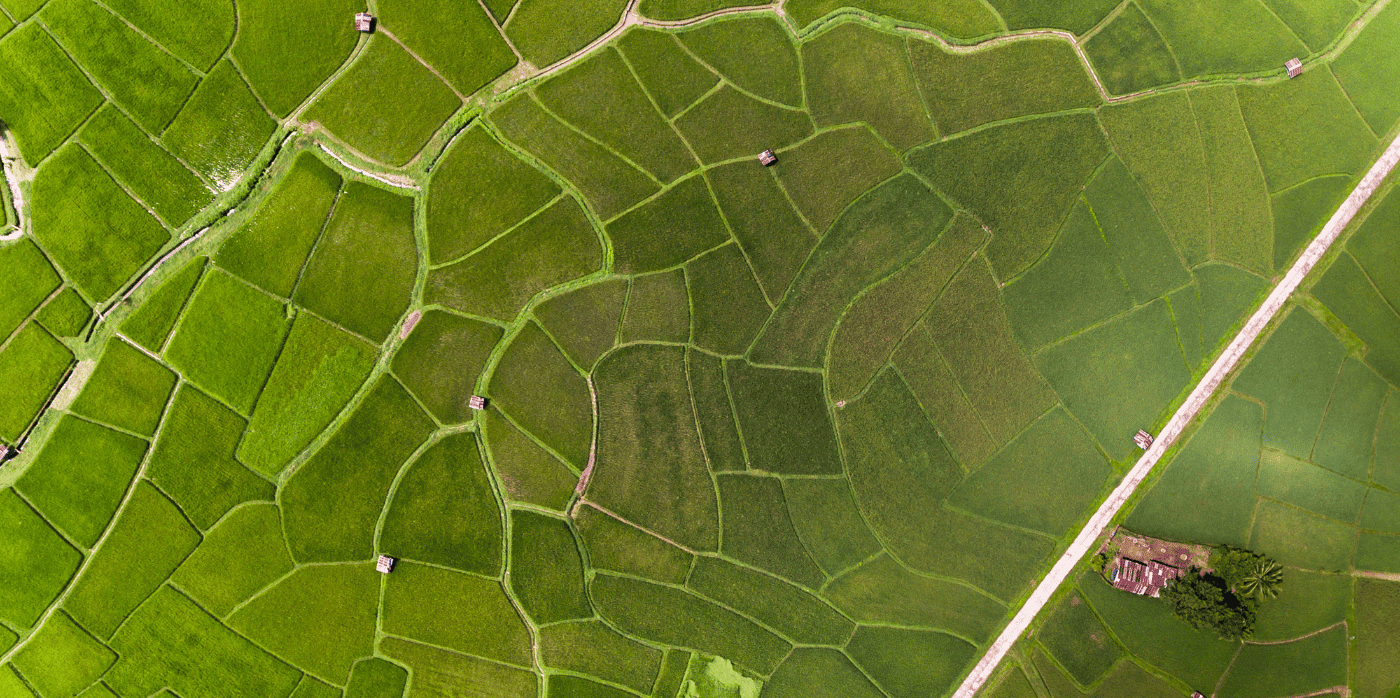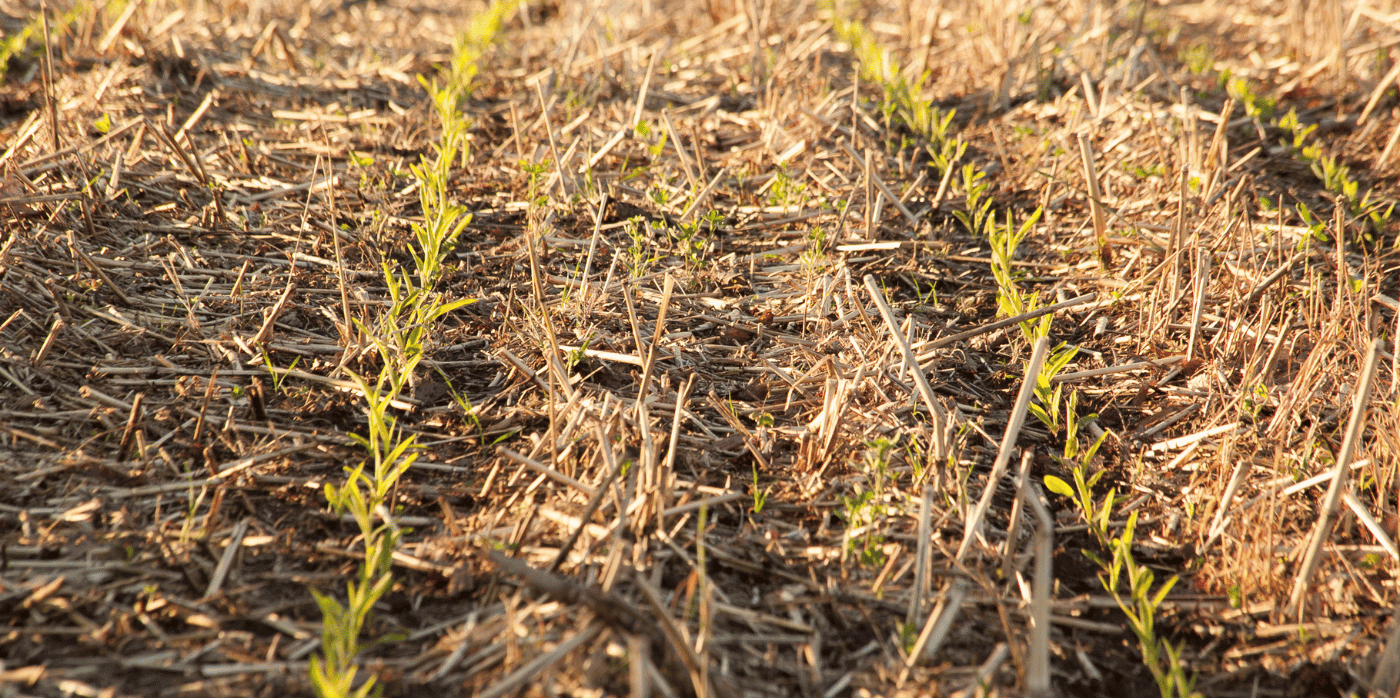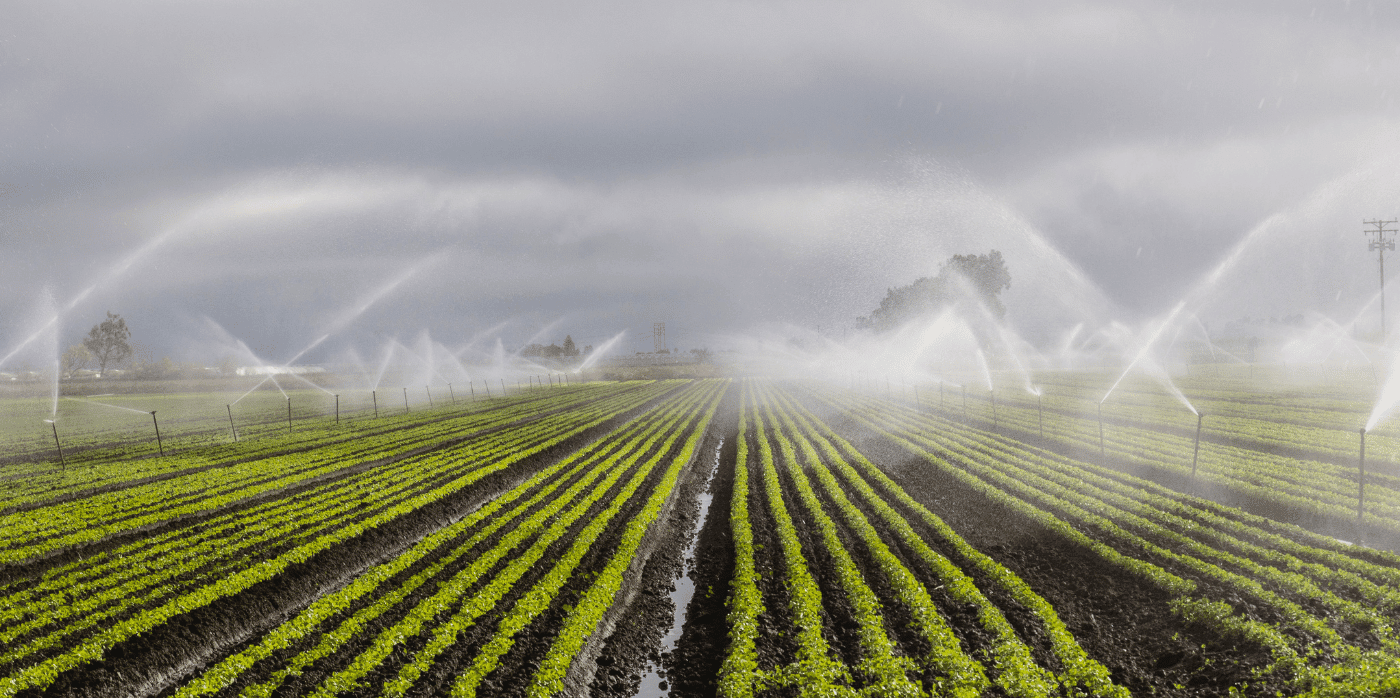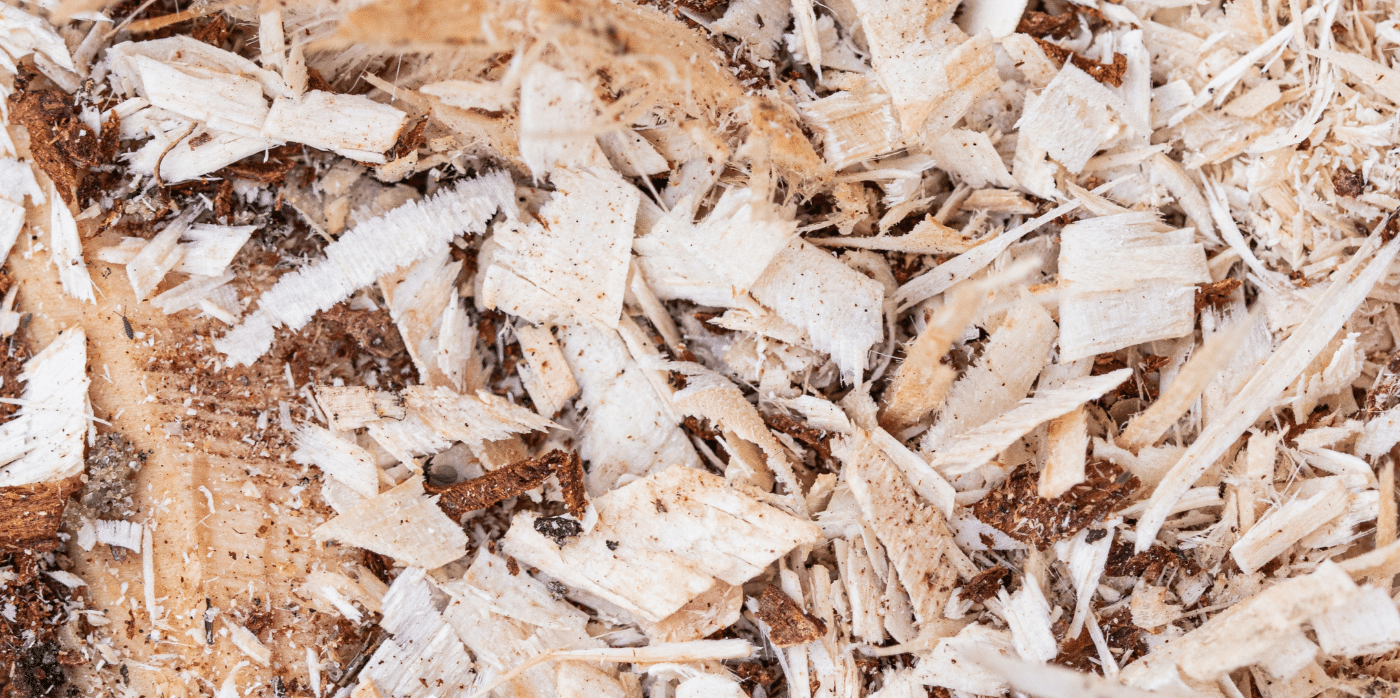Satellites for agricultural risk and other sustainability challenges

Spotted: This is a golden age of satellite technology – satellites are being used for everything from communication relays to weather forecasting, navigation, broadcasting, scientific research, and Earth observation. This last use is the focus of SatSure, a Bengaluru-based startup that combines satellite data and artificial intelligence (AI) algorithms to improve financial institutions’ understanding of the agriculture sector, among other applications.
The unpredictability of crop yields adds uncertainty to agriculture credit underwriting and monitoring, which in turn leads to high transaction fees and reduced access to credit for farmers – especially smallholder farmers. To solve this, SatSure has developed SatSure Sage, a platform and a suite of applications that provide accurate data to assist lending institutions in making and managing agricultural loans.
The data that underpins SatSure’s analytics comes from satellites. These provide detailed geographical and climate records and remote sensing information. This data is then analysed by SatSure’s AI and machine-learning algorithms and distilled into clear risk measurements for a variety of uses.
For instance, another of the company’s offerings, SatSure Skies, can be used for infrastructure planning to understand potential environmental risks or for renewable energy projects to identify optimal placements of solar installations. SatSure Sparta analyses crop health and yield, which can be used by financial institutions to identify farm-level risk or by businesses looking to optimise their supply chains.
SatSure is not the only company to use satellite-derived data to help financial institutions make more informed decisions. In the archive, Springwise has also recently spotted platforms that measure grass from space and monitor ecosystem restoration.
Written By: Lisa Magloff






